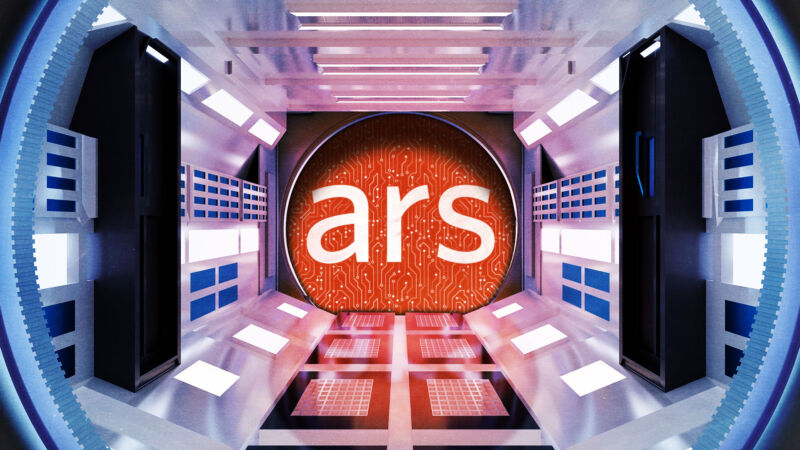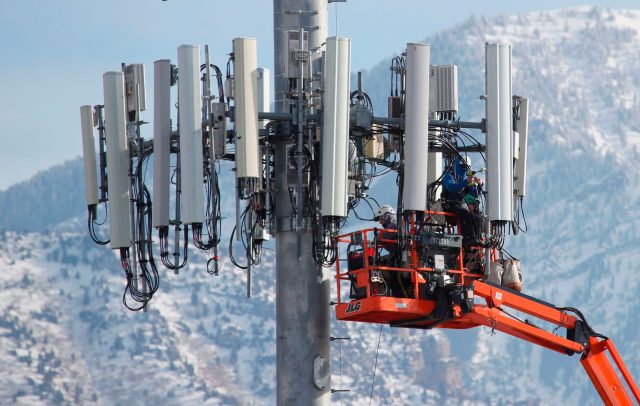-
 chevron_right
chevron_right
How we host Ars, the finale and the 64-bit future
news.movim.eu / ArsTechnica · Wednesday, 9 August, 2023 - 13:00

Enlarge (credit: Aurich Lawson | Getty Images)
Greetings, dear readers, and congratulations—we've reached the end of our four-part series on how Ars Technica is hosted in the cloud, and it has been a journey. We've gone through our infrastructure , our application stack , and our CI/CD strategy (that's "continuous integration and continuous deployment"—the process by which we manage and maintain our site's code).
Now, to wrap things up, we have a bit of a grab bag of topics to go through. In this final part, we'll discuss some leftover configuration details I didn't get a chance to dive into in earlier parts—including how our battle-tested liveblogging system works (it's surprisingly simple, and yet it has withstood millions of readers hammering at it during Apple events). We'll also peek at how we handle authoritative DNS.
Finally, we'll close on something that I've been wanting to look at for a while: AWS's cloud-based 64-bit ARM service offerings. How much of our infrastructure could we shift over onto ARM64-based systems, how much work will that be, and what might the long-term benefits be, both in terms of performance and costs?









